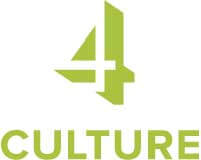Muckleshoot carvers uplift sustainability and connection with new Algona artworks
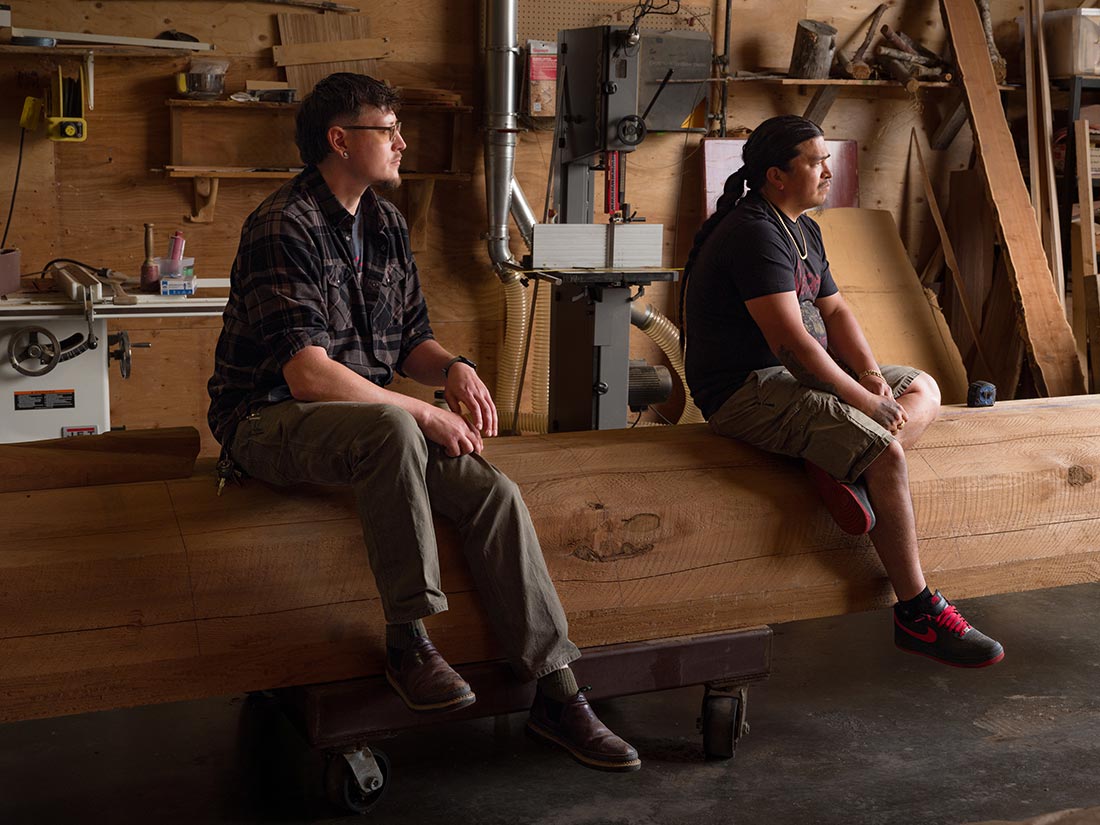
On a beautiful, sunny afternoon on the Muckleshoot Reservation in late May, a small group of tribal members has gathered in their carving workshop—a big open space that used to be a horse barn. Tools line the perimeter and hang from the walls. Wooly, a black Lab mix, wanders freely through the open doors. And a pair of massive red cedar logs lays at the center of the room: one a nearly finished story pole and the other a blank canvas, a pencil grid sketched on its surface in preparation for carving.
Soon that second log will become the centerpiece of a permanent sculpture at the forthcoming South County Recycling & Transfer Station (SCRTS) in Algona, where King County’s Solid Waste Division is replacing the existing Algona Transfer Station with a new facility that can process more volume and expand services, specifically recycling, yard waste, and hazardous waste disposal.
Created by Muckleshoot carvers Tyson Simmons, Keith Stevenson, and apprentice Sam Obrovac, the design for the sculpture is inspired by the site: a forested hillside and wetland near the Reservation that feeds into the White River watershed, a sacred resource for the tribe.
Inside their workshop, Simmons, Stevenson, and Obrovac muse over their memories of the place, much of which is now an outlet mall. They recall exploring the estuary as kids, traipsing through its ponds, and marveling at the large Blue Heron nests in the trees there. They were fortunate—due to ecological decline, today’s youth don’t get that experience.
For the artists, their sculpture is a way of lifting up the need for a more sustainable future. The carved log will feature Blue Heron at the top with Frog at the bottom, surrounded by a series of eight additional panels that form Heron’s extended wings, each of which will depict different wetland creatures in Coast Salish style. The wing components will be carved from trees felled on the SCRTS site, though the artists explain that a trusted supplier provided them with the red cedar, which is large enough for the central pole and estimated to be 186 years old.
“We wanted to get away from the purely traditional and do something more sculptural,” Stevenson says of the artwork’s more unusual construction. “We can show that there are different ways of working with various mediums.”
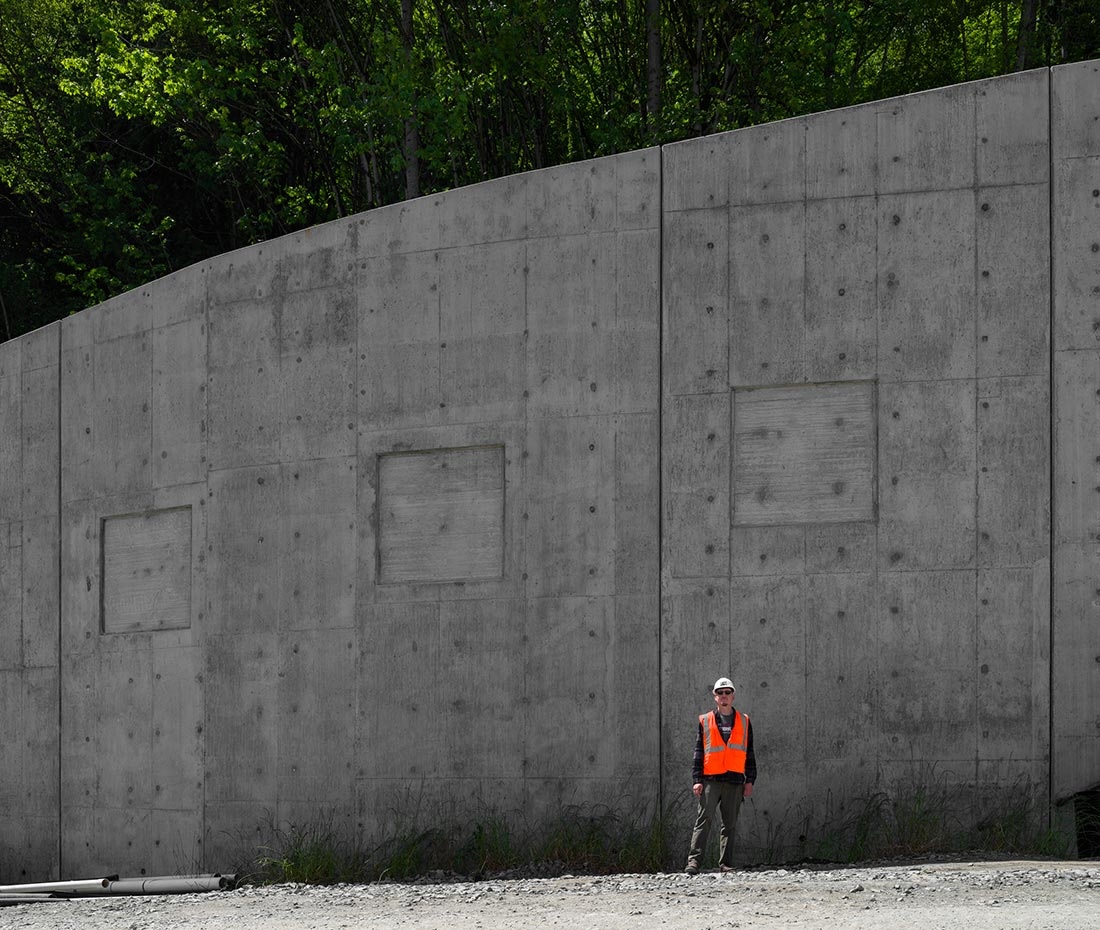
Indeed, a second permanent, site-responsive artwork at SCRTS will use several less traditional materials. Designed by Obrovac, this piece will span an enormous 200-foot long and 30-foot tall retaining wall at the entrance to the facility. Obrovac’s design includes a series of 13 medallions—one for each of the lunar cycles in Coast Salish culture—depicting Frog, Heron, Sun, and Moon. He conceptualized the medallions as wood carvings, but the installed versions will be cut from marine-grade aluminum and backed with colored acrylic. Between them, upright paddles will feature sandblasted and painted formline work portraying Muckleshoot stories of air, land, and sea.
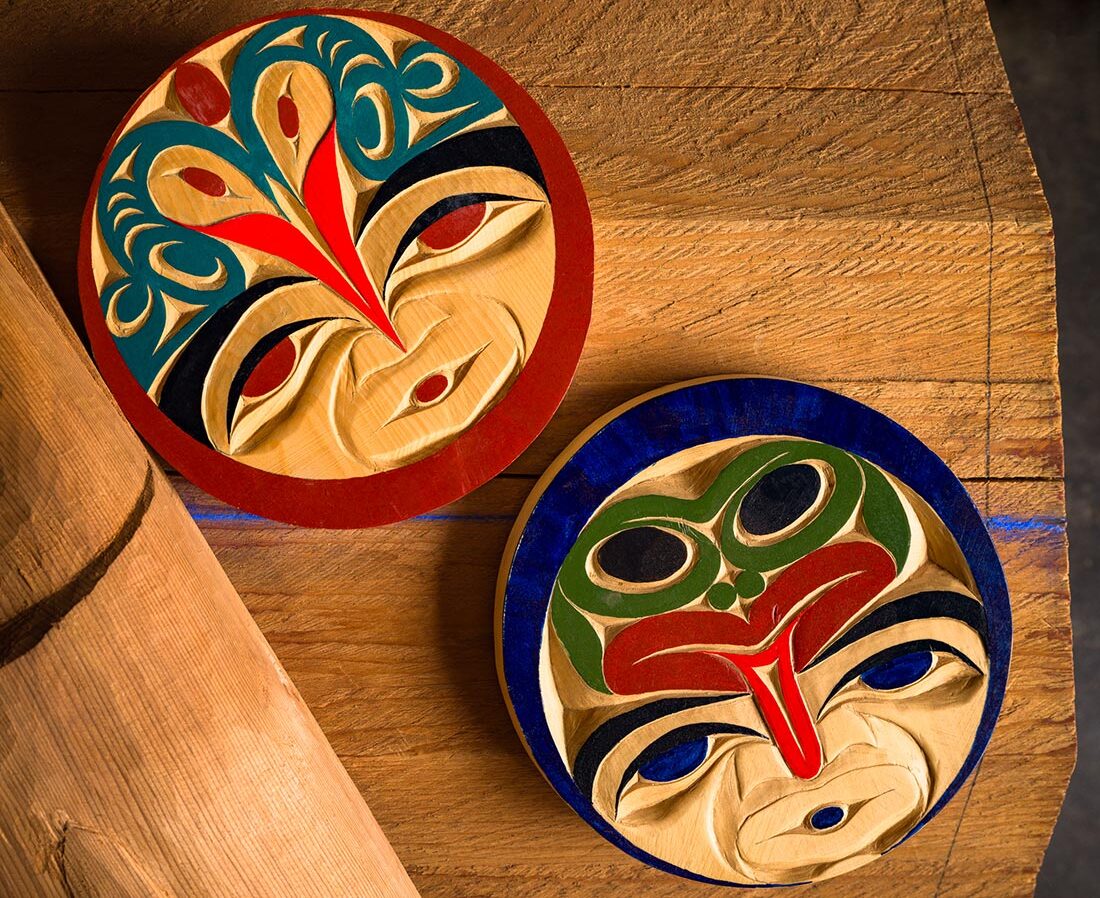
Frog and Heron are not only central to these artworks, they embody ancestral Coast Salish teachings. Frog represents renewal, wisdom, the changing seasons, and the connection between the spirit and physical realms, and Great Blue Heron is a guardian of the waters that symbolizes acumen and self-reliance. The two are also interconnected, as Frog sings to Moon while Heron hunts for Frog and his friends during the day.
While Obrovac only began carving a few years ago, he comes from a family of artists, including his grandfather, master carver Marvin “Cubby” Starr Sr., who is known for revitalizing Muckleshoot canoe carving. (A portrait of Starr, who passed away in 2017, hangs near the rafters in the workshop, as do several canoes.)
According to Obrovac, this project, which was developed by 4Culture to include a mentorship component, has been a major growth opportunity for him as an artist, as well as a way for him to connect to the past and his ancestors. “It’s been a challenge,” he says. “I’ve really had to push myself and learn how to collaborate.”
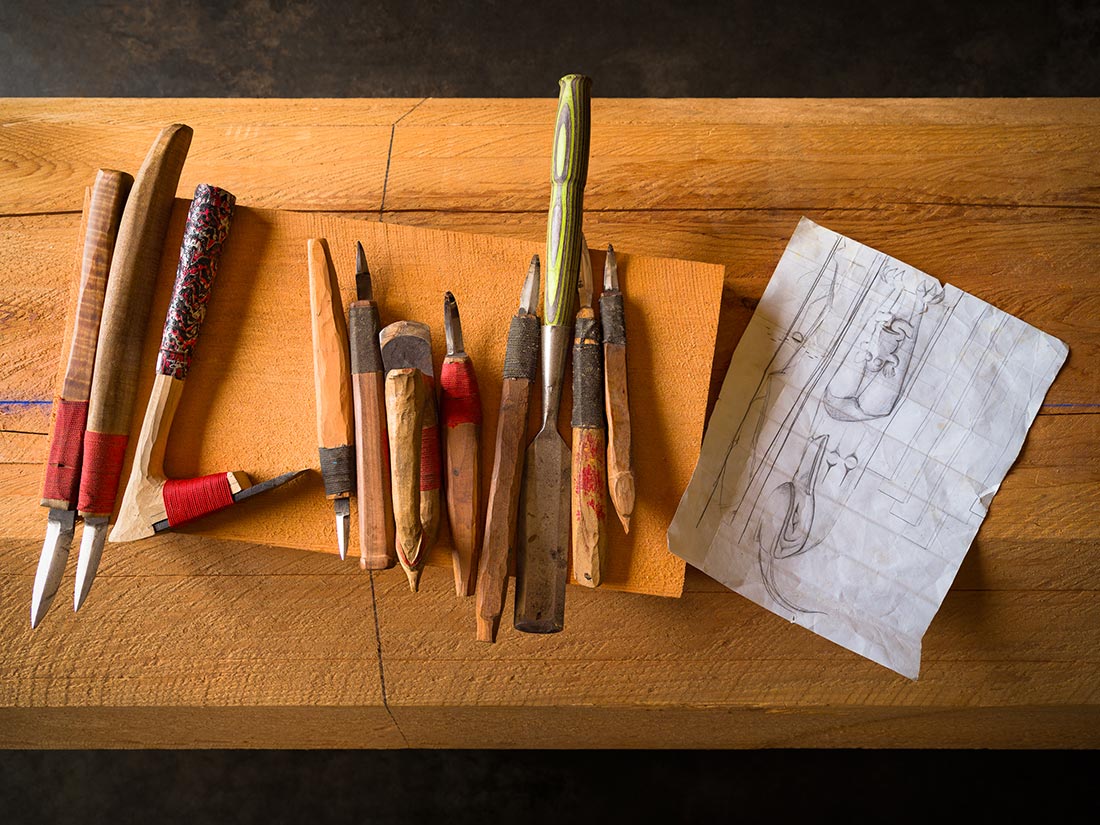
As for the red cedar log in the workshop, what started with a sketch and a small-scale model, will soon begin to show its final form. First the chainsaws will roar, and then the carvers will bring out their smaller, specialized tools—adzes and crooked knives they made themselves early in their apprenticeships—until the sculpture is complete.
Simmons emphasizes the crucial importance of sharing and passing down knowledge on projects like this one: “We have to make sure it doesn’t die with us.”
The SCRTS site is expected to open in summer of 2026. Stay tuned for more updates about our arts programming in the months ahead, including a profile of Evan Blackwell’s multi-year generative residency.
